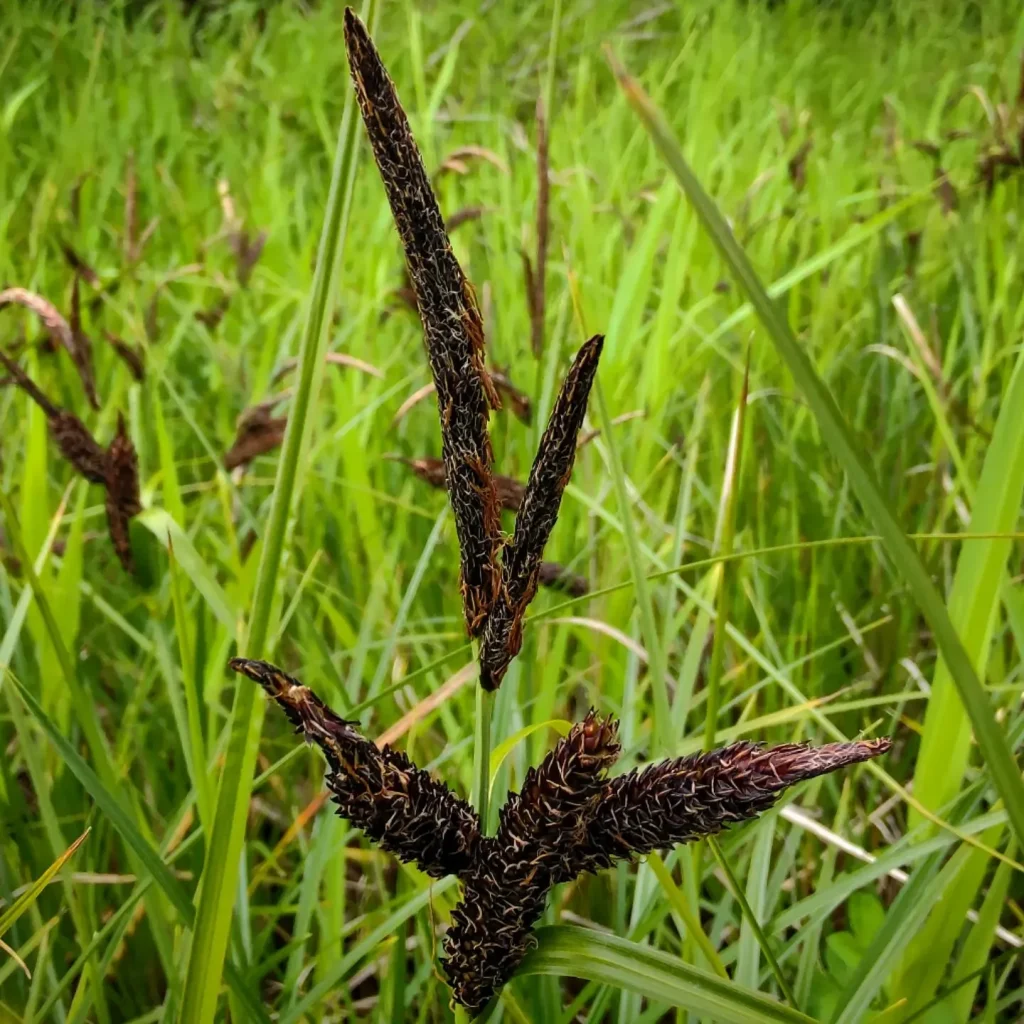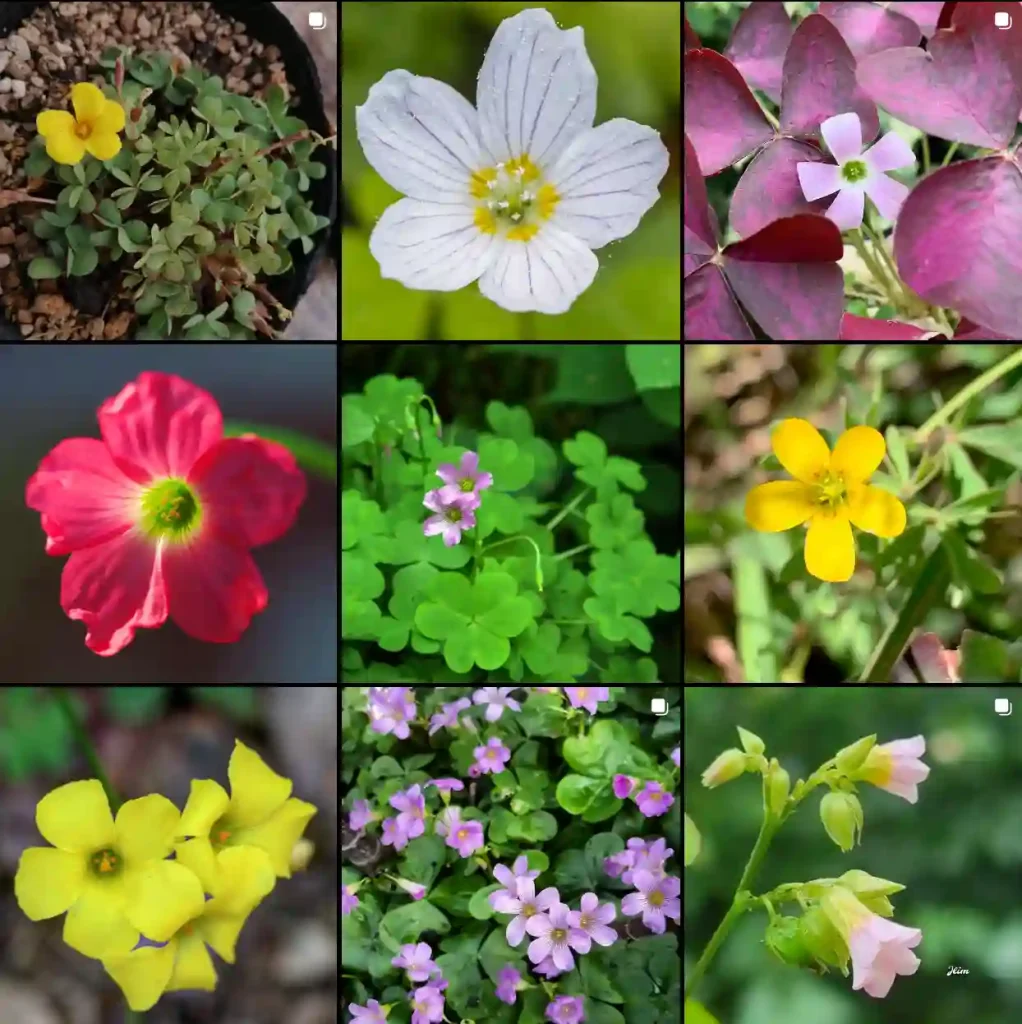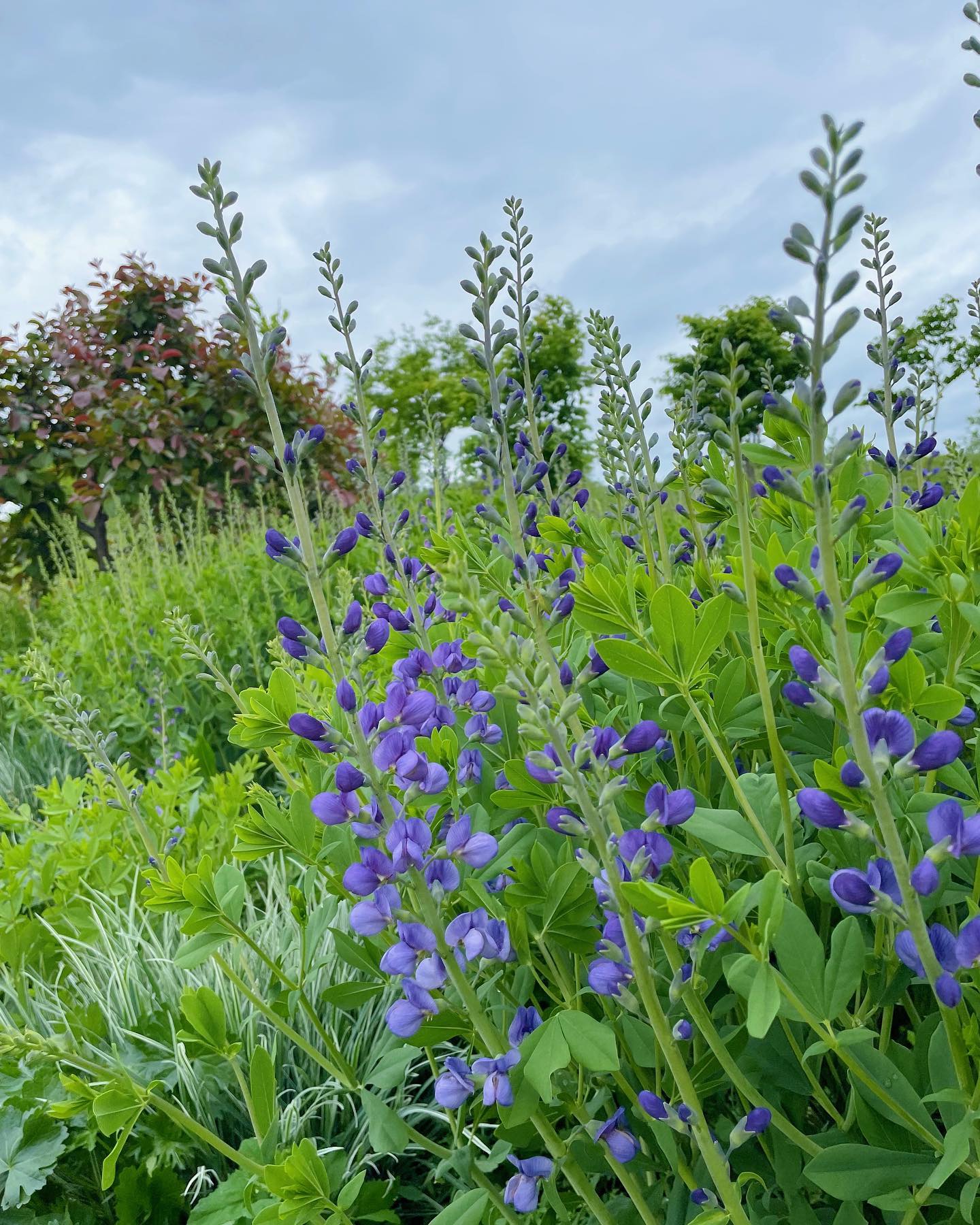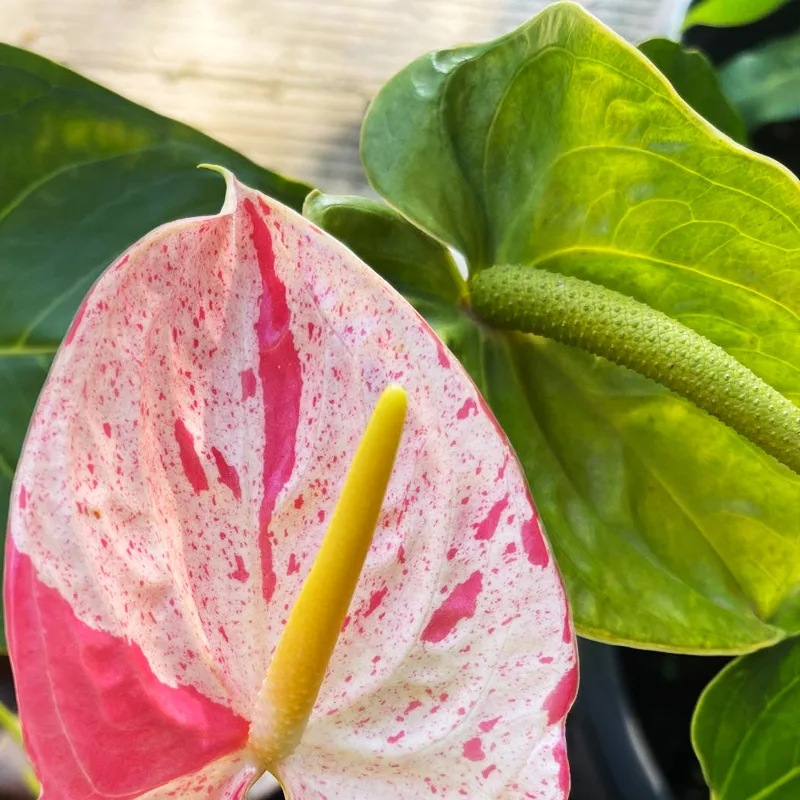
FAQs About Asclepias Curassavica
When I first encountered Asclepias Curassavica, also known as Tropical Milkweed, I was eager to learn more about this vibrant plant. Whether you’re a seasoned gardener or just starting out, here’s a comprehensive guide to answer your questions about growing and caring for Asclepias Curassavica.
209 Species in Genus Asclepias
How to Grow Asclepias Curassavica?
Growing Asclepias Curassavica is relatively straightforward. Start by selecting a sunny spot in your garden, as this plant thrives in full sun. The soil should be well-drained; sandy or loamy soil works best. Begin by sowing seeds directly into the ground or starting them indoors about 6-8 weeks before the last frost. If you’re starting them indoors, use seed trays or pots with a good quality seed-starting mix. Once the seedlings have grown large enough to handle, transplant them into your garden. Space them about 18-24 inches apart to allow for their mature size.
Is Asclepias Curassavica a Perennial?
Yes, Asclepias Curassavica is a perennial in warm climates. In USDA Hardiness Zones 8-11, it will continue to come back year after year. However, in cooler zones, it is often grown as an annual. In areas where it cannot survive the winter, you can treat it as an annual or bring it indoors during the colder months.
Is Asclepias Curassavica Good for Monarchs?
Absolutely! Asclepias Curassavica is an excellent plant for attracting monarch butterflies. It serves as a host plant for monarch larvae, providing food and shelter for caterpillars. The nectar-rich flowers also attract adult butterflies, making your garden a haven for these beautiful insects.
Does Chip Orley Taylor Approve of Planting Asclepias Curassavica?
Chip Orley Taylor, a well-known horticulturist, has expressed caution about planting Asclepias Curassavica in certain areas. He notes that while it’s beneficial for monarchs, it can become invasive in some regions. It’s essential to consider local guidelines and consult with local extension services or garden centers before planting.
How Quickly Does Asclepias Curassavica Bloom?
Asclepias Curassavica typically begins to bloom within 3-4 months after planting. The flowering period can last from early summer to late fall, providing a long-lasting burst of color in your garden. Regular deadheading can encourage more blooms and extend the flowering season.
How to Buy Asclepias Curassavica Seeds?
You can purchase Asclepias Curassavica seeds from various sources, including garden centers, online retailers, and seed exchanges. Look for reputable sellers to ensure the quality and viability of the seeds. If you prefer, you can also collect seeds from your own plants at the end of the growing season.
Is Asclepias Curassavica Invasive?
In some areas, Asclepias Curassavica can be considered invasive. It tends to spread rapidly and can outcompete native plants. It’s crucial to monitor its growth and take necessary measures to control its spread. In regions where it is not native, consider planting native milkweed species to support local ecosystems.
Is Asclepias Curassavica Poisonous?
Asclepias Curassavica contains toxic compounds that can be harmful if ingested. It’s important to keep it away from pets and small children who might be tempted to taste the plant. However, it’s generally not highly toxic to humans unless consumed in large quantities.
What Soil for Asclepias Curassavica?
Asclepias Curassavica prefers well-drained soil. It can tolerate a range of soil types but thrives in sandy or loamy soil with a neutral to slightly alkaline pH. Ensure good drainage to prevent root rot, which can be an issue in heavy or clay soils.
Asclepias Curassavica vs. Tuberosa
Comparing Asclepias Curassavica with Asclepias Tuberosa, or Butterfly Weed, reveals some key differences. Asclepias Tuberosa is native to North America and tends to have a more upright growth habit with vibrant orange flowers. In contrast, Asclepias Curassavica, native to tropical regions, has a more spreading growth with flowers in shades of red, orange, and yellow. Both are excellent for attracting monarchs, but their growth habits and regional adaptability differ.
How to Care for Asclepias Curassavica?
Caring for Asclepias Curassavica involves regular watering, especially during dry spells. However, be careful not to overwater. Once established, this plant is quite drought-tolerant. Fertilize sparingly; too much fertilizer can lead to excessive foliage at the expense of flowers. Remove spent blooms to encourage new growth and prevent the plant from becoming too leggy.
How to Propagate Asclepias Curassavica?
Propagation of Asclepias Curassavica can be done through seeds or cuttings. For seeds, follow the planting instructions provided earlier. If propagating through cuttings, take 4-6 inch cuttings from healthy plants in the spring or early summer. Dip the cut ends in rooting hormone and plant them in a well-draining potting mix. Keep them moist and in a warm, sunny location until roots develop.
What to Plant With Asclepias Curassavica?
Asclepias Curassavica pairs well with other sun-loving plants. Consider planting it alongside other nectar-rich flowers like Lantana, Zinnias, or Coneflowers. These companion plants not only complement the colors of Asclepias Curassavica but also attract additional pollinators.
Can You Grow Asclepias Curassavica Indoors?
Growing Asclepias Curassavica indoors is challenging due to its need for full sunlight. If you have a bright, sunny window or grow lights, it may be possible. However, it typically prefers outdoor conditions and is best suited for garden planting.
Benefits of Asclepias Curassavica
Beyond attracting monarchs, Asclepias Curassavica adds vibrant color to your garden and can be a conversation starter. Its ability to thrive in sunny, well-drained conditions makes it a low-maintenance choice for many gardeners. Additionally, it helps support local ecosystems by providing habitat and food for pollinators.
Common Problems with Asclepias Curassavica
Some common issues with Asclepias Curassavica include aphid infestations and fungal diseases. Regular monitoring and good garden hygiene can help manage these problems. Ensure adequate spacing and airflow to reduce the risk of fungal issues.
In summary, Asclepias Curassavica is a fantastic plant for those looking to support monarch butterflies and add a splash of color to their gardens. By understanding its needs and characteristics, you can make the most of this vibrant perennial.
If i die, water my plants!



